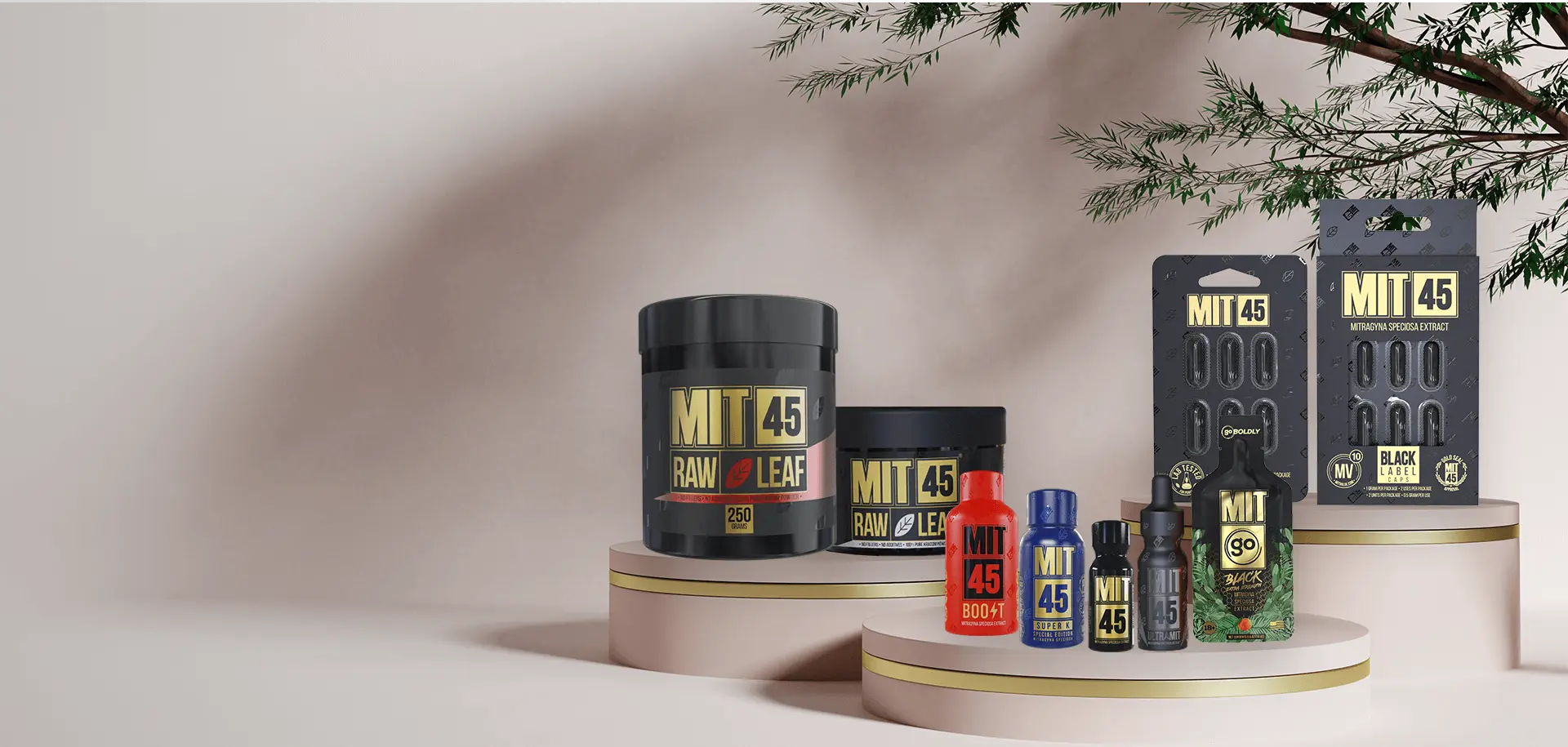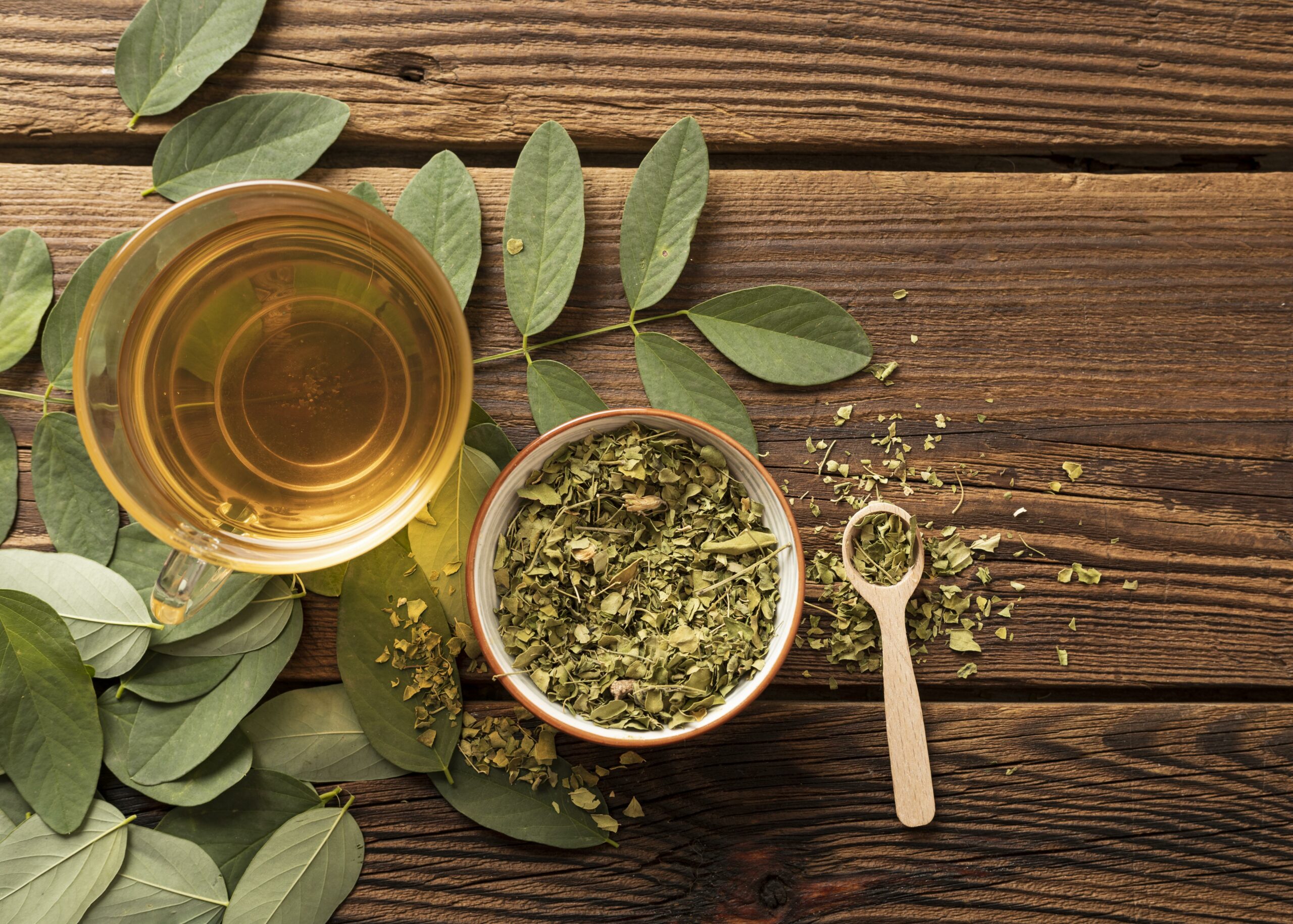Herbs have been in the spotlight recently, and for a good reason. It’s no secret that plants hold power, and people are embracing plant-based diets and ancient herbal protocols. Herbs show particular promise for physical and mental health, and there’s no better time than now to familiarize yourself with the best botanicals.
Prioritize your health with us during this season of life and find ways to re-energize with herbal support, including a unique plant product called kratom.

Why Turn to Herbs?
This year, more people than ever before are turning towards herbal support. If you’re looking to improve your overall sense of health and well-being, you can join the millions of people utilizing natural solutions— including some that can be grown in your own garden. Herbs like thyme, lavender, and chamomile have long been utilized as forms of ancient medicine.
It seems as though life keeps getting busier, with an ever-growing number of distractions and the prevalence of many diseases increasing. Understandably, people are searching for natural and “clean” sources of energy, vitality, and healing. In particular, people are searching for solutions without heavily processed ingredients or artificial additives.
For many folks, herbs check all the boxes! Beyond being plant-based, they may be able to provide positive effects without the serious side effects that accompany some mainstream medications.
Even though they may take months of sustained use to truly create the desired effect, introducing herbs into your routine is often considered more sustainable of a habit in the long run. This is because herbs are believed to help get to the root of the problem, instead of providing a “band-aid” that only deals with issues at the surface.
What is Kratom?
Kratom, also known as Mitragyna speciosa, comes from the leaves of a tropical evergreen tree native to Southeast Asia. The leaves of the plant have traditionally been used by people in that region as an herbal remedy for both energy and well-being. While kratom doesn’t have a sanctioned medical use, many modern-day people still appreciate its effects.

What is Kratom Used For?
Kratom is a plant with many complex compounds found within its leaves. Two of these compounds, mitragynine and 7-hydroxymitragynine, are partial agonists (initiators) of the mu opioid receptor. Opioid receptors help the body respond appropriately to hormones, neurotransmitters, and medications, and they can affect sensory perception, too (such as taste, smell, or vision).
Years prior to the advent of prescription medicines, communities had to learn how to use the herbs and plants around them for their health and well-being. Traditionally, kratom was used in its native countries to promote increased productivity and energy as workers labored in the fields. Today, lower serving sizes are considered invigorating and energizing, while larger serving sizes are seen as relaxing.
Kratom leaves are traditionally either chewed fresh, or dried and brewed into a strong tea. Thanks to modern techniques, a kratom extract can also be turned into a variety of forms, such as liquids, powders, and capsules.

Choosing The Best Herbal Support
If you’re considering herbal solutions, you’ll find there are many options available. It can sometimes seem overwhelming and difficult to recognize which brands to trust.
Use these general tips as a guide to find which herbal, botanical, and plant-based substances may be a good fit for you:
- Educate yourself. Learn as much as you can about an herb before taking it, and consult with your healthcare team to give you a solid foundation. After your initial use, don’t stop learning! Continue to gain expertise about the herbs you add to your arsenal.
- Follow label instructions carefully, and use the suggested serving size. Keep in mind that more doesn’t always mean better. It’s typically recommended that you start with a small serving size of a new substance before working your way up to larger amounts.
- Watch for (and keep track of) effects, both desired and undesired. Even with the potential perks and positives of herbs, negative interactions are still possible. Each person may react differently, especially to a new substance. If symptoms like nausea, dizziness, or upset stomach occur, reduce the serving size or stop taking the substance immediately until issues can be resolved.
- Choose herbs and botanicals from a reputable source. Not all herbal products are created equal, and it is best to choose a brand with nothing to hide. Ask yourself:
- Does the brand make hard-to-prove claims?
- Does the brand provide third-party testing results, or other measures ensuring strength and purity?
- Does the product label give information about the formula, directions, and precautions?
- Is label information clear, and easy to read?
- Is there a way to contact the brand to learn more?
In other words, do your research, talk to your healthcare team, and follow directions carefully. As a note, a naturopath or holistic health doctor may be more open to discussing the use of kratom and herbs than a conventional healthcare provider.
In Summary on Herbal Support
Like ancestors of past eras, people around the world are looking to more natural, herbal solutions. Blooming botanicals may just be the secret source of support you’ve been missing.
Kratom shows particular promise for those seeking energizing, calming, and uplifting effects. However, not all brands are created equal, and first-timers should exercise caution until they are familiar with their body’s response to certain herbs and botanicals. Taking time to learn about recommended serving sizes and potential uses can create a more positive experience.
Interested in learning more about herbal support? Check out our resources on herbal pre-workout.
References
Cinosi E, Martinotti G, Simonato P, Signh D, Demetrovics Z, et al. Following “the Roots” of Kratom (Mitraguna speciosa): The Evolution of an Enhancer from a Traditional Use to Increase Work and Productivity in Southeast Asia to Recreational Psychoactive Drug in Western Countries. Biomed Res Int. 2015;2015:968786.
Dhaliwal A, Gupta M. Physiology Opioid Receptor. Ncbi.nlm.nih.gov. Published July 2023.
Johns Hopkins Medicine. Herbal Medicine. Hopkinsmedicine.org. Accessed March 2023.
Stevens CJ. Kratom: Is It Safe? Healthline.com. Published June 2020.
The Healthline Editorial Team. Homegrown Herbal Remedies. Healthline.com. Published September 2018.




